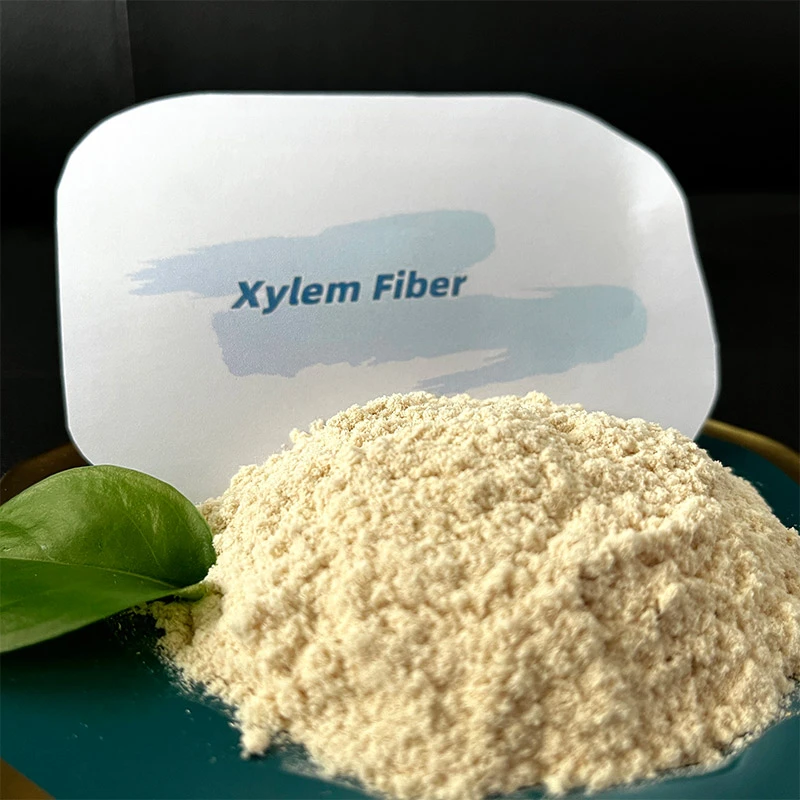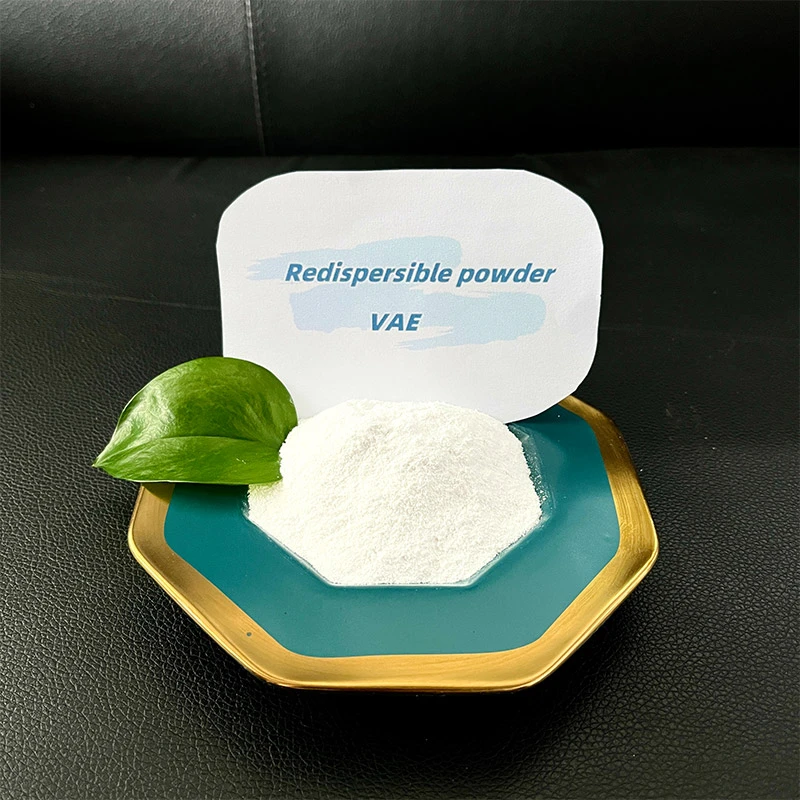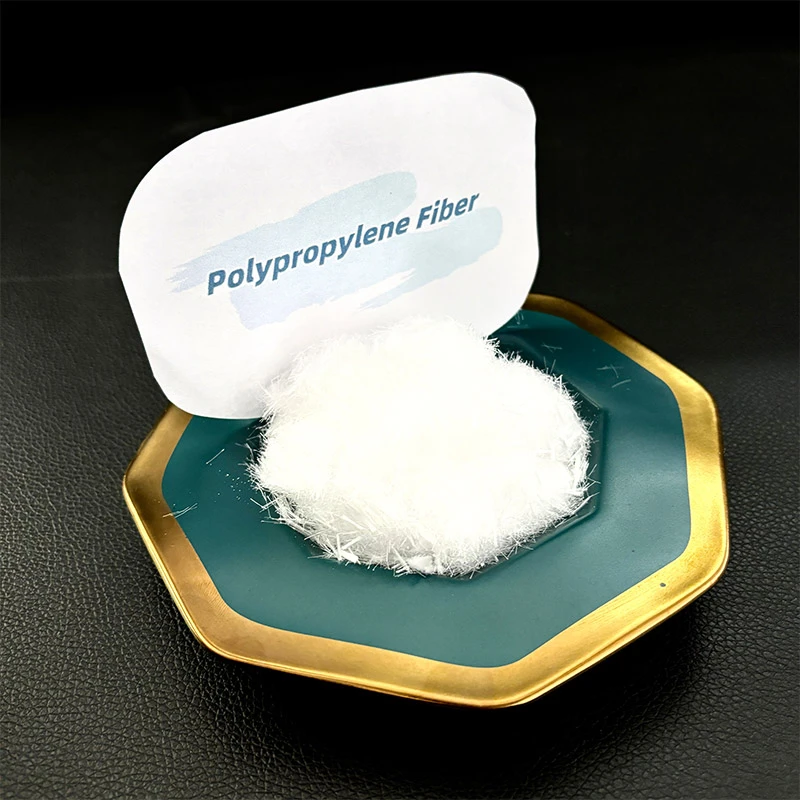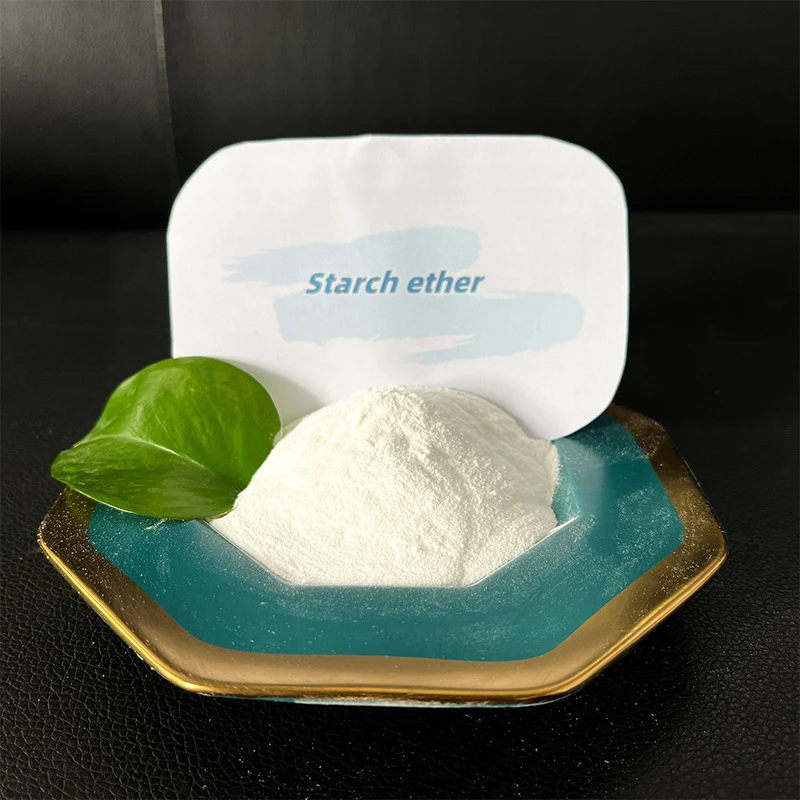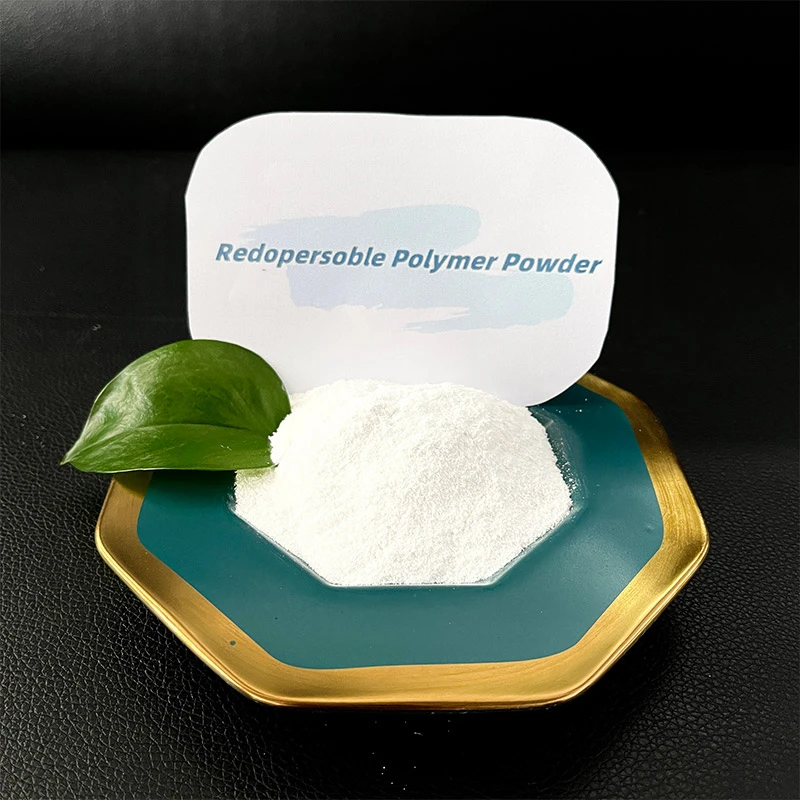
-

Địa chỉ: Công ty TNHH Công nghệ Cellulose HeBei ShengShi HongBang
-

E-mail
13180486930@163.com -

LIÊN HỆ VỚI CHÚNG TÔI
+86 13180486930

Micronized Rubber Powder Dispersion Techniques
In today’s industrial landscape, sustainable material solutions drive innovation. Bột cao su vi hạt transforms waste tires into high-value commodities, revolutionizing sectors from construction to automotive manufacturing. As wholesale suppliers, we empower businesses with bulk quantities of engineered rubber powders, ensuring consistency through advanced dispersion techniques. This article explores production methodologies, diverse applications, and wholesale advantages of specialized rubber powders, positioning them as indispensable assets for large-scale operations.

The Evolution and Production of Rubber Powder
The genesis of bột cao su lies in repurposing end-of-life tires through ambient or cryogenic processing. Ambient grinding shreds tires mechanically, producing coarse particles ideal for asphalt modifiers. Conversely, cryogenic rubber powder production immerses tire fragments in liquid nitrogen at -80°C, making them brittle for precise pulverization. This method yields ultra-fine (40–100 mesh), high-purity powder with intact polymer chains, essential for premium applications like coatings or adhesives. For wholesale procurement, consistency is non-negotiable. Our quality assurance protocols include laser diffraction analysis and sieve testing, guaranteeing uniform particle distribution in bulk shipments. Partnering with tier-1 recyclers, we secure traceable raw materials to fulfill industrial-scale orders while adhering to ASTM D5603 standards.
Diverse Industrial Rubber Powder Uses
Rubber powder uses span industries, driven by versatility and cost-efficiency. In infrastructure, bột cao su vi hạt modifies bitumen, enhancing road durability and reducing cracking. Wholesale construction clients procure batches for highway projects, slashing material costs versus virgin polymers. The automotive sector leverages epdm rubber powder in molded components like seals and gaskets, where its ozone resistance extends product lifespans. Athletic facilities use cryogenic rubber powder in synthetic turf infills, benefiting from its allergen-free properties and impact absorption. For manufacturers, bulk integration reduces virgin EPDM consumption, aligning with circular economy mandates. Case studies highlight a European tire maker cutting waste costs using our powder in retreading compounds.
Technical Advantages of Micronized and Cryogenic Variants
Bột cao su vi hạt’s surface morphology enables superior polymer bonding. Plasma treatment increases surface energy, allowing seamless integration into thermoplastics like PP or PE. For adhesives, powder enhances viscosity without solvents, a key selling point for eco-conscious bulk buyers. Meanwhile, cryogenic rubber powder excels in precision applications. Its low-temperature production preserves ethylene-propylene-diene terpolymer (EPDM) structures, yielding powders with contamination. Wholesale clients in aerospace utilize grades for vibration-damping components, where particle homogeneity ensures batch-to-batch reliability. Our dispersion protocols employ twin-screw extruders with shear zones optimized , achieving particle distribution uniformity—critical for injection molding clients ordering monthly volumes.
Specialized Applications of EPDM Rubber Powder
Epdm rubber powder dominates high-temperature and weathering-resistant applications. Its sulfur-free cross-linking withstands, making it ideal for under-hood automotive parts. Roofing manufacturers bulk-order pallets for single-ply membranes, where EPDM’s UV stability outperforms PVC alternatives by 2×. In industrial rubber goods, epdm rubber powder replaces virgin material in conveyor belts. Our micronized EPDM powders (60–120 mesh) feature controlled carbon black content for consistent vulcanization in wholesale compound production. A recent partnership with a railway supplier saw EPDM powder orders for noise-reduction pads, leveraging our just-in-time logistics network for port-side delivery.
FAQs:Rubber Powder
What distinguishes ambient bột cao su from cryogenic rubber powder?
Ambient grinding produces irregularly shaped particles suited for low-cost fillers. Cryogenic processing creates finer, spherical particles with oxidized surfaces for enhanced polymer bonding.
How does bột cao su vi hạt enhance asphalt performance?
It forms a polymer network within bitumen, improving elasticity and reducing temperature susceptibility. This extends pavement lifespan by years and lowers wholesale maintenance costs.
Can epdm rubber powder replace virgin EPDM in seals?
Yes, at loading. It maintains tensile strength and compression set resistance while reducing material costs for bulk buyers.
What industries prioritize cryogenic rubber powder?
High-spec sectors like automotive (NVH components), medical (hypoallergenic flooring), and precision molding, where particle sizes microns ensure defect-free surfaces.
Are there volume discounts for bulk công dụng của bột cao su?
Absolutely.Blended pallet options combining epdm rubber powder Và bột cao su vi hạt.
-
Ethyl Cellulose Powder as a Pharmaceutical BinderTin tứcJul.10,2025
-
Blending Fibre Natural and Synthetic for PerformanceTin tứcJul.10,2025
-
Starch Ether For Construction: The Advanced Mortar Additive RevolutionTin tứcJul.10,2025
-
MHEC Cellulose in Cement-Based Renders and PlastersTin tứcJul.10,2025
-
Impact of Cream of Tartar Plaster Retarder on Final StrengthTin tứcJul.10,2025
-
Rubber Powder Durability in ConstructionTin tứcJun.26,2025
-
Properties of Starch EtherTin tứcJun.26,2025







